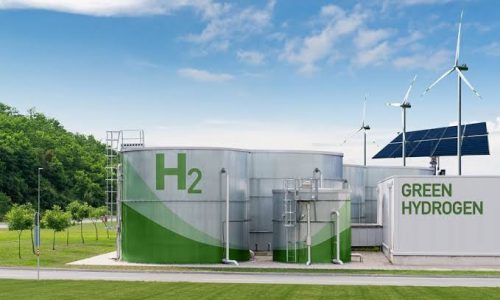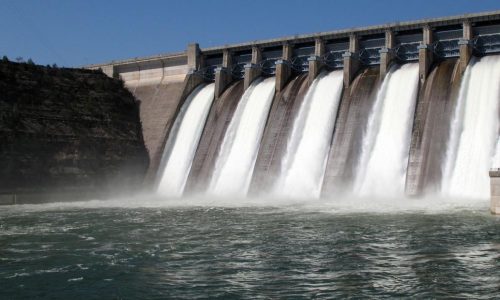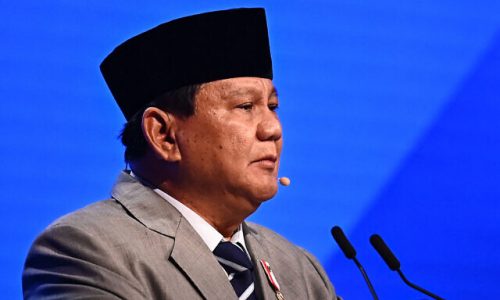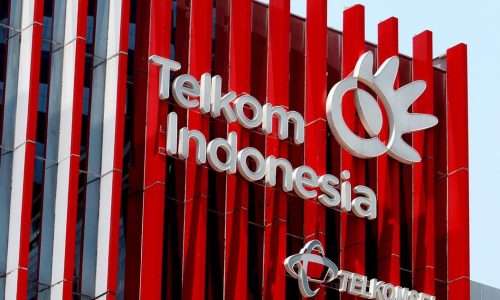President Joko Widodo officially inaugurated the operation of the Republic of Indonesia Satellite Earth Station or the Satria-1 satellite and Fourth Generation (4G) Base Transceiver Station (BTS) projects.
The President expresses hopes that the inauguration of this “sky toll” infrastructure can provide internet access and reduce the digital divide for residents in remote, disadvantaged, and outermost (3T) regions.
“We are building a sky toll so that all layers of society have equal access to the digital world,” said President Jokowi.
“We need connectivity to reach and connect from one island to another, one province to another province, one region to another region, in order to strengthen the unity of our nation,” the President added.
The inauguration of the Satria 1 satellite took place in Matungkas Village, Dimembe District, North Minahasa Regency, North Sulawesi. Meanwhile, the inauguration of the operation of 4G BTS was carried out in North Bowombaru Village, East Melonguane District, Talaud Islands Regency, also in North Sulawesi.
Satria 1 is a state-of-the-art Very High-Throughput Satellite (VHTS), the first in Indonesia, with a total capacity of 150 Gbps. It is the largest in Asia and the fifth-largest in the world.
The Ministry of Communication and Informatics has also built 11 ground stations in Manado, Manokwari, Timika, Jayapura, Pontianak, Kupang, Ambon, Banjarmasin, Tarakan, Cikarang, and Batam. These ground stations will support the integrated operation of the Satria 1 satellite.
Satria-1 satellite can cover vast areas from Sabang to Merauke, from Miangas to Rote Island, due to its air transmission operation. It overcomes geographical obstacles such as land, mountains, hills, valleys, and canyons.
The internet speed at each public service point is projected to reach 4 Mbps. The internet speed of Satria-1 has increased from the initial calculation in 2018 when the SATRIA-1 project was initiated, with an initial speed projection of 1 Mbps for each point.
The satellite was built by PT Satelit Nusantara III and constructed by the aerospace company Thales Alenia Space in Cannes, France.
The inauguration of the 4G BTS was conducted simultaneously across Indonesia, marked by a remote video connection at various points with Joko Widodo present in Matungkas Village, Dimembe District, North Minahasa Regency, North Sulawesi.
The Ministry of Communication and Informatics, through the Public Service Agency for Telecommunication and Information Accessibility (BAKTI), built the 4G BTS in two stages. The first stage, until 2020, saw the total construction of BTS at 1,682 locations, all of which had migrated to 4G network services in the same year.
Starting in 2021, the second stage of construction at 5,618 locations was divided into two phases: Phase 1 in 2021 at 4,112 locations and Phase 2 in 2022 at 1,506 locations. Construction was focused on the 3T regions, with 76% coverage in eastern Indonesia, namely Nusa Tenggara, Maluku, and Papua.
As of December 26, 2023, all 1,682 4G BTS locations have been on-air. For Stage 2 BTS installed at 4,990 locations, 4,362 locations have been on-air out of the total target.
There are still 628 locations not yet on-air, mostly due to security status in Papua and difficulty in mobilizing materials to the location.
The financing for the construction of 4G BTS comes from the State Budget (APBN) and Non-Tax State Revenue (PNBP) managed by BAKTI of the Ministry of Communication and Informatics.









